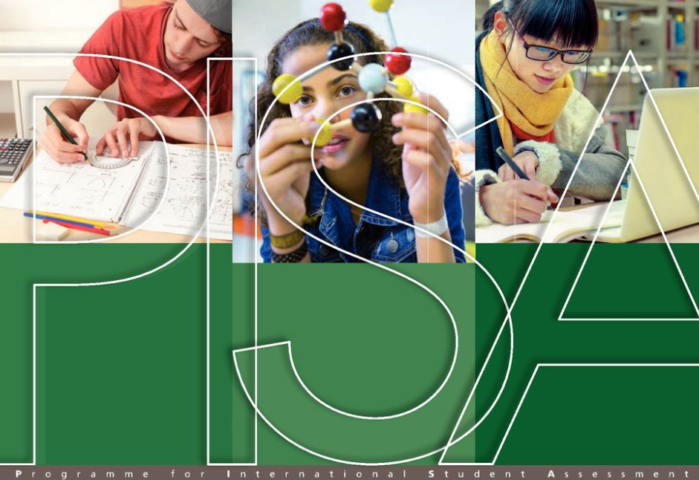By OECD (published October 2018)
Using data from the Programme for International Student Assessment (PISA) 2015, this new report from the OECD examines how high performance and positive attitudes towards schooling affects success in higher education and early career outcomes in disadvantaged students. Achieving equity in education requires that the differences in students’ educational outcomes are unrelated to their background or to economic social circumstances. While young people around the world are attaining higher levels of education than previous generations, there is currently no country in the world that can claim to have eliminated the effects of socio-economic inequalities in education.
Many disadvantaged students are concentrated in lower-quality schools and often face barriers to learn. In the UK, about 11% of the variation in students’ science performance in PISA was accounted for by differences in students’ socio-economic status. Across OECD countries the mean science score among disadvantaged students was 88 points lower than the mean score among advantaged students. In addition, disadvantaged students that attended schools considered by the OECD as advantaged scored 78 points higher on average than those attending ones that were disadvantaged.
Disadvantaged students who are socially and emotionally resilient were found to do better academically. In addition, performance at age 15 is also a strong predictor of higher education and early career outcomes. The effects of disadvantage on educational performance can be mitigated if countries target additional resources to and reduce the concentration of disadvantaged students in certain schools. Policy makers need to consider building more equitable learning environments by creating legislation and programmes that support and promote early childhood education and pupil wellbeing.
Download the report here

